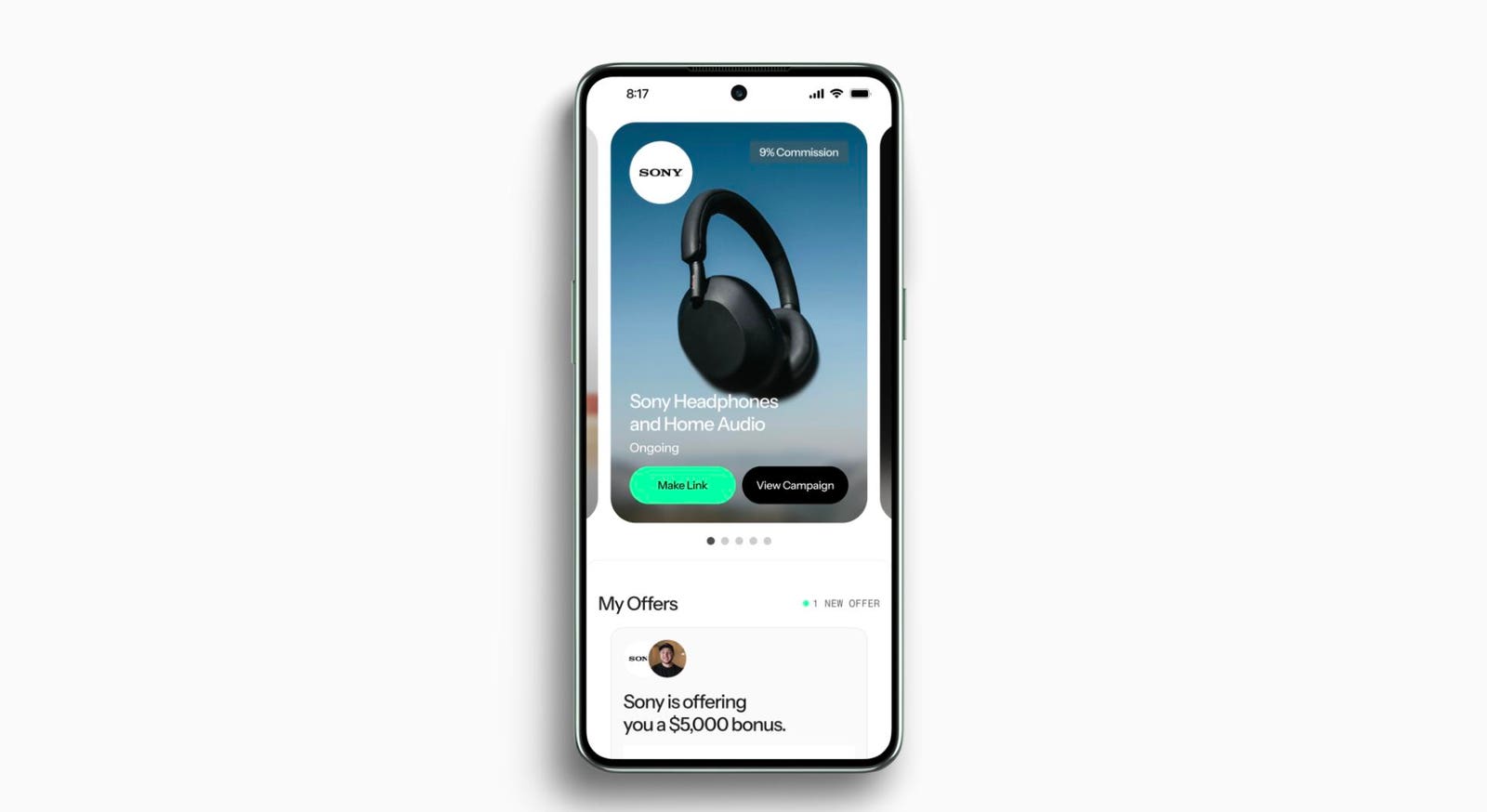Greg Brunk is the Cofounder and Head of Product at MetaRouter.
Retail media networks (RMNs) are transforming how brands connect with their consumers, and they’re doing it at scale. A January 2025 Business Research Company study stated that global retail media ad spending hit over $22 billion in 2024 and is expected to increase at a CAGR of nearly 10% until 2029.
The study anticipates spending will climb even higher in 2025 to over $24 billion as advertisers turn away from third-party data in favor of robust first-party insights about their consumers. The expansion of RMNs into new, off-site channels—including connected TV (CTV), out-of-home placement (OOH), social media and even creative locations like rideshare spaces—will also drive increased interest. According to eMarketer, retail media will make up 15% of all U.S. CTV ad spending in 2025, while off-site RMN ad spend will surge by 41% from 2024, capturing more than one-fifth of total retail media budgets.
These shifts in ad spending will impact how consumers find, interact with and purchase from their favorite brands. But to understand that full impact, we first need to understand why retail media is so hot right now.
Why RMNs Are Booming
RMNs have been gaining traction since Amazon launched its ad network in 2012. For years, most retail media spending was concentrated among a few major players: Walmart Connect, Amazon Advertising, Target Roundel and the Kroger Precision Network.
However, something changed in 2021. Retail media spending doubled from 2020 to $40 billion. Around the same time, retailers across various industries launched their own media networks, each catering to more specialized and highly engaged audiences. This surge in diversification has been a key driver behind retail media’s rapid growth over the last five years.
Reasons for this shift include:
The Supposed Death Of Third-Party Cookies
Google is no longer deprecating cookies. However, in 2021, the loss of third-party tracking was a real and present danger. Advertisers increasingly turned to retailers for access to high-quality, first-party shopper data—and for good reason. First-party data unlocks the potential for highly targeted advertising that outperforms traditional programmatic options.
The E-Commerce Explosion
What started as a pandemic-era surge in online shopping has become the new normal. The global e-commerce market will likely hit $4.8 trillion by the end of 2025, and Statista estimates that nearly one-fourth of transactions will occur online by 2027. Many retailers recognize RMNs as a way to monetize their digital traffic while helping brands reach in-market shoppers at the perfect moment.
The Demand For Measurable Ad Performance
Marketing budgets are tighter than ever, which means evidence of ROI is critical. The challenge with proving ROI is measuring performance across retail and commerce media networks as well as within them. With the right data foundation and routing tools, RMNs can provide greater transparency than traditional ad channels, equipping marketers with real-time insights that make a difference. Closed-loop attribution can enable marketers to track ad exposure and tie it directly to purchases, whether in-store or online.
How RMNs Are Enhancing The Shopping Experience
RMNs provide advertisers with greater ROI and the metrics to prove it, but they’re also creating positive changes for consumers. Here’s how these channels build a more intuitive and personalized shopping experience.
Smarter, More Relevant Ad Targeting
Media networks can take the guesswork out of digital advertising. Instead of relying on broad demographic data, advertisers can use first-party purchase history and browsing behavior to place highly relevant ads in front of consumers who are shopping for similar products. More than eight out of 10 consumers prefer personalized shopping experiences, making targeted RMN ads a welcome shift.
Reaching Consumers At The Perfect Moment
RMNs can go beyond personalization for the right people; they can reach those people at the perfect time. Whether it’s an ad on an e-commerce website reminding a shopper about a product they viewed last week or a CTV ad featuring a complementary product while they’re streaming their favorite show, RMNs can place products in front of consumers when purchase intent is highest.
This can create a more intuitive shopping experience by answering the question about what consumers want often before they get the chance to ask it themselves.
Personalization Without The Intrusion
Consumers want relevant ads, but they also value privacy. A Bango Audiences study of 2,000 consumers found that 40% of those surveyed felt overwhelmed by irrelevant ads, while a 2023 Salesforce study of 5,000 consumers found that 76% of those surveyed said they would stay loyal to brands with strong data security practices. RMNs can strike the right balance by leveraging first-party data, ensuring personalized ads without feeling invasive.
Making The Most Of Your RMN Spend
With so many RMNs available, advertisers must evaluate their options and assess the ROI of their current spending. Beyond looking at top-line performance, they need to ensure they’re measuring the RMN’s true effectiveness.
While direct-response RMN ads (e.g., sponsored products that lead to immediate purchases) are easy to track, brand awareness campaigns are trickier. A consumer might see an RMN ad on a retailer’s website but not click immediately. Instead, they may search for the brand later, visit its direct-to-consumer (DTC) site or make an in-store purchase. Connecting that conversion back to the original RMN ad is difficult but essential for demonstrating long-term impact.
The challenge is greater for brands advertising across multiple RMNs, as each network operates as a closed ecosystem. This makes cross-platform performance comparisons difficult. According to the 2023 eMarketer report, 56% of surveyed brands worked with five or more media networks, yet few had standardized ways to consolidate and analyze data across them.
To solve these challenges, businesses should consider an infrastructure-first approach, implementing a data foundation that provides real-time data routing and advanced attribution modeling. Brands that prioritize accurate measurement will be best positioned to justify increased RMN investment in 2025 and make smarter, data-driven decisions about where to spend.
Forbes Technology Council is an invitation-only community for world-class CIOs, CTOs and technology executives. Do I qualify?








